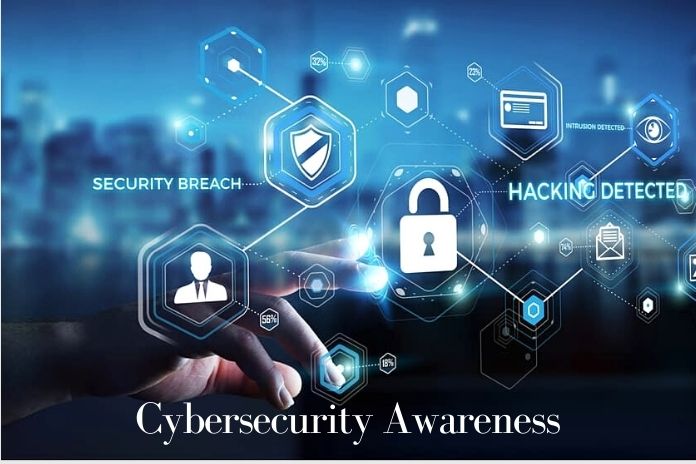Team member cybersecurity awareness can play a tremendous role in preventing data leaks and malware infiltration – but organizations need to improve the training they offer. As a study by Egress showed, more than three-quarters of executives believe that employees accidentally compromised company data in the past year.
In contrast, 92 percent of employees said they had not done anything to compromise data. This phenomenon is common: people are convinced that they know the rules, but there is often a gap between theory and practice. Training can make a big difference here – if everything goes right. Three main strategies can help in creating a workable program:
Adapt Training Measures To Different Team Member Groups
Employees at different levels of responsibility and with varying levels of knowledge require additional measures to train cybersecurity awareness. About the three main groups in the company, the following approaches should be considered:
- IT and cybersecurity professionals – Personnel responsible for IT security and others with privileged access to IT systems require more in-depth training. The focus should be on situational training. Modern techniques for protection against cyber threats should also be demonstrated.
- Non-IT employees – training for non-IT employees must be regular, exciting, short, and relevant to their job function. The main focus must be on basic knowledge about cybersecurity risks and good security habits.
- Executives and Directors – Management training should be geared more closely to business needs: it should include fundamental security principles and details about the consequences of security incidents for the company and its stakeholders. Management should be aware of both fines in the event of a security breach and damage to the company’s reputation.
Conducting Exciting Training Courses Regularly
Too many companies only offer cybersecurity training at hiring time or as part of an annual update exercise. For cybersecurity training to be practical, it must be delivered in small, digestible chunks exciting to the target audience.
For example, a five-minute training video that mimics real-world situations is likely better suited to grab a business user’s attention than a thick IT training manual. And most likely, the lesson will also be more internalized and repeated.
But there are also a few things to keep in mind with the training videos: Videos that convey their content with the help of a pinch of humor are often more popular with viewers than boringly listed “dos and don’ts.” The video training should also be of a certain quality and ideally be shot by a company specializing in this. This ensures that both the quality is right and the content is conveyed in the best possible way.
Training should be an ongoing and engaging experience designed to change the behavior and attitudes of employees. The signs of an attack should be known, and employees should be encouraged to contact IT immediately if anything appears suspicious. Phone numbers and other contact information need to be known and reachable, so everyone knows who to call.
Use Different Formats
Combining a variety of formats can make the training program more effective. Here are a few options to consider:
- Face-to-Face Training – A key benefit of interactive training is having a natural person present to explain more challenging topics and answer questions for a whole group. Some companies offer both live and web-based training and use various methods, such as role-playing and simulation games, to make the interaction two-way rather than one-way. Webinars are an excellent option for geographically dispersed employees.
- A Security awareness web page could be broken up into different sections covering areas such as malware, hoax, file sharing, and copyright. It could also include self-paced tutorials for users, with mini-quizzes at the end of each section to ensure that the material has been learned.
- Helpful Hints – Those responsible may consider adding tips and reminders to training that appear on user screens when they log in or on other occasions. These tips can repeat critical points that were emphasized during the training, such as “Never keep your password in a place that is accessible or can be seen by others apart from you.”
- Penetration Testing – It is wise to evaluate the effectiveness of the program using regular penetration tests. For example, you can see which users click on links in a phishing email and report this via the prescribed channels. In a second step, those employees who fell for the fake emails can be given separate training again. Here it is important not to create a threatening atmosphere for the team member but to sharpen his awareness of possible threats.
Conclusion
Building a strong cybersecurity culture cannot guarantee that security incidents will never occur. There will always be someone who neglects basic security practices and puts data at risk. In addition, you are always at risk of becoming a victim of a hacker attack or malicious insider activity.
While cybersecurity training is an essential first step in reducing data security risks, you also need to put in place procedures and tools to help you control your data and systems. Ideally, it would help if you had a thorough understanding of what data you own and what needs to be protected the most. In addition, you should be able to identify any suspicious activity around this data quickly. This will help you keep your sensitive data safe, save money, and protect your company’s reputation at the same time.
Also Read : Data Security With Backups And Replication

